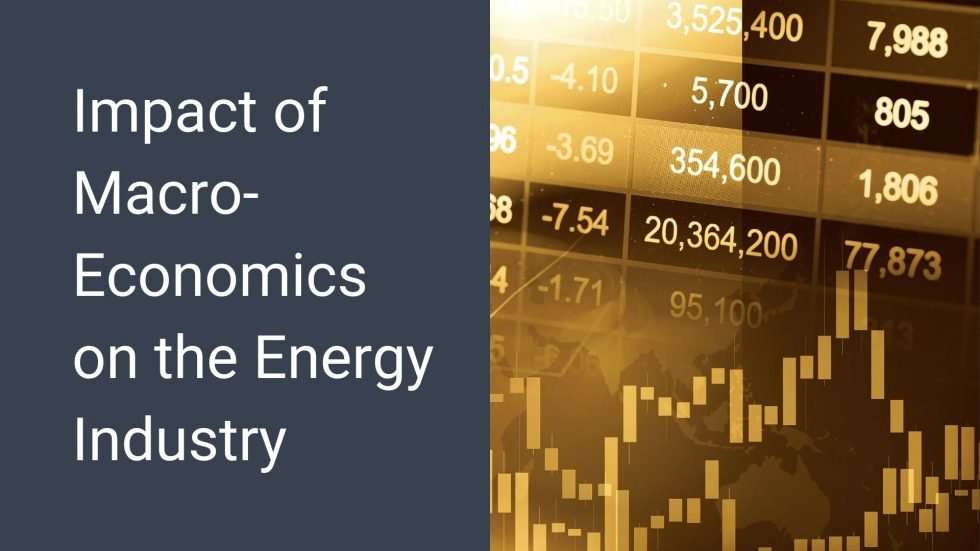The Benefits of Hedge Management Using ETRM Software
- May 19, 2022
- Posted by: Anand SEO
- Categories:

The last couple of years have been tumultuous for the energy markets. Beginning with the COVID-19 pandemic in 2020, the reopening of economies after shutdowns and the recent Russia-Ukraine conflict, energy consumption and prices have seen the highs and the lows. As the world aggressively embraces energy transition, the impact of these events may still appear to be reshaping social and economic costs.
In this article, we will understand the impact of “getting back on track” after COVID-19 and the ongoing conflict on energy structures and markets.
A Greener Recovery?
COVID-19 briefly showcased a world of minimum fuel consumption. According to a report, the global demand for energy fell by around 4.5% in 2020. However, the economies were back on track with the goal of decarbonisation. A similar dramatic decline of over 6% in emissions was also observed. However, this COVID-induced dip was short-lived. In the wake of post-COVID economic recovery, many nations reopened the coal power stations—although this appeared to be a very pragmatic solution, it did not reflect well on the commitments of COP26.
Nonetheless, the question remains—how will the gap be filled and will this be a green recovery. Oil and natural gas continue to be critical for driving world economies and in many years to come, much of the world will continue to depend on carbon-based liquid fuels. Many experts believe that the gap will be filled with not only alternative fuels but also carbon-neutral carbon fuels. With that being said, there is considerable progress being made in the electrification with wind and solar energy, especially in the UK. Interestingly, now more than 40% of the electricity in the UK is being generated from wind and solar energy but still, 70% of the world economies do not have the infrastructure to support and propel this transition.
The promise remains with carbon-neutral carbon fuels including biogas and biofuels. For instance, currently, the US consumes about 15% of biofuels in its gasoline and diesel consumption. In most applications, the percentage of biofuel is limited by the technical capability of the engines to less than 20%. Therefore, to replace mineral fuels with biofuels, primarily two impediments need to be overcome—quite straightforward, working towards improving technical capability but with less-developed nations, this transformation will remain a challenge with the extended life span of the vehicles. Secondly, the production of sufficient biofuels will also have an impact on the environment. Destroying biodiversity areas to pave way for agricultural land and the growing of biofuel crops at the expense of food crops need to be addressed.
Bringing to the full circle, the path of electrification as clean, carbon-neutral energy will help in driving energy transition as fossil fuels still continue to remain our primary source of energy.
The Evolving Russian-Ukraine Situation
Oil and gas prices were already soaring in mid-2021, long before the conflict began. Many experts believed that this was due to faster than expected economic recoveries after COVID, the effect of early or premature moves to close “dirty” coal and fuel oil power generation facilities as well as the reductions in the refining capacity, especially in the US.
The conflict did lead to sudden yet short-lived sikes in energy prices which were driven by the uncertainties and the risk of escalation and not be the structural changes. It won’t be wrong to say that energy markets were resilient to geopolitical disruptions and the prices are back to the highs that they were before the Russian-Ukrainian conflict. This may be attributed to many factors including investment in spare processing and supply infrastructure, dormant production that could be available from countries such as Iran, Venezuela, and Libya as well as from shale, tar sand, and fracking, high inventory levels, and the ability of markets to mobilise or redirect cargoes.
Long and Short-Term Consequences
For some nations in Europe, the situation remains complex—the impact of economic and social costs on the people versus the ethics. The short-term rises may exacerbate as the situation continue to evolve. with that being said, the following scenarios and factors can reshape energy markets in the long term.
- There will be a shift away from dependency on Russian energy. The cost of energy will remain high as Russian gas and oil were keenly priced. The processing and transport cost of gas from the US or Qatar will increase prices in the long term.
- The US refiners who were dependent on small quantities of Russian heavy crudes to blend with home production may have to look for alternative sources or make mechanical adaptions to its facilities.The Ukrainian economy may suffer as less gas will flow through the pipeline across Ukraine. However, Nordstream 2 can emerge as a white elephant.
- The west may explore fuel supplies with other countries.
- The world may witness growth in facilities for alternate supply routes. The construction of LNG vessels, liquefaction and gasification plants along the new routes for gas from the Middle East and the US to Europe as well as gas storage at the load ports and discharge ports.
- There will be a resurgence or acceleration in renewable energy, particularly in biofuel and biogas production, as these liquid fuels are considered the real transition fuels.
- Upcoming massive technological breakthroughs in battery technology, electrical generation and infrastructure as only these fuels only have the energy density needed for many applications.
- In the long term, mass electrification will be clean energy, at least at the point of consumption but its credentials will depend more on how it is produced and distributed and how those facilities are created. However, the distribution networks and the batteries that will be required in massive quantities will raise a new dependency on materials necessary for their manufacturing.
The energy transition journey can be constrained by environmental and technical factors. However, in the long term, clean power can be achieved in the form of green electricity, overcoming the geopolitical and economic factors discussed above.




